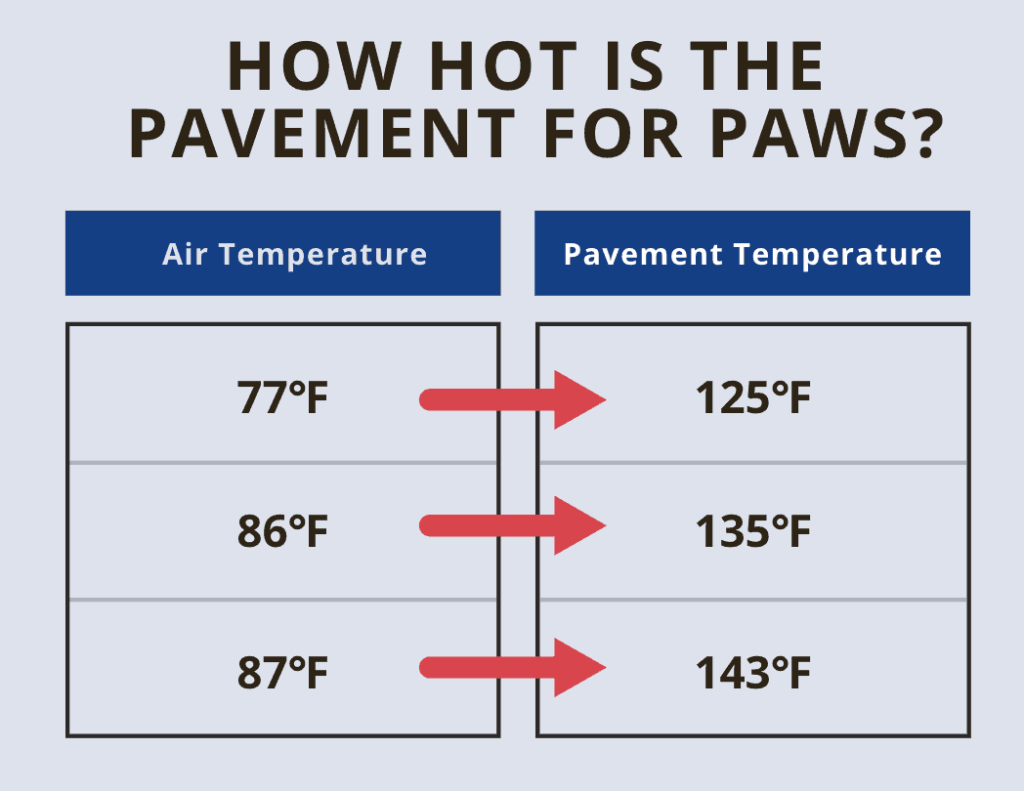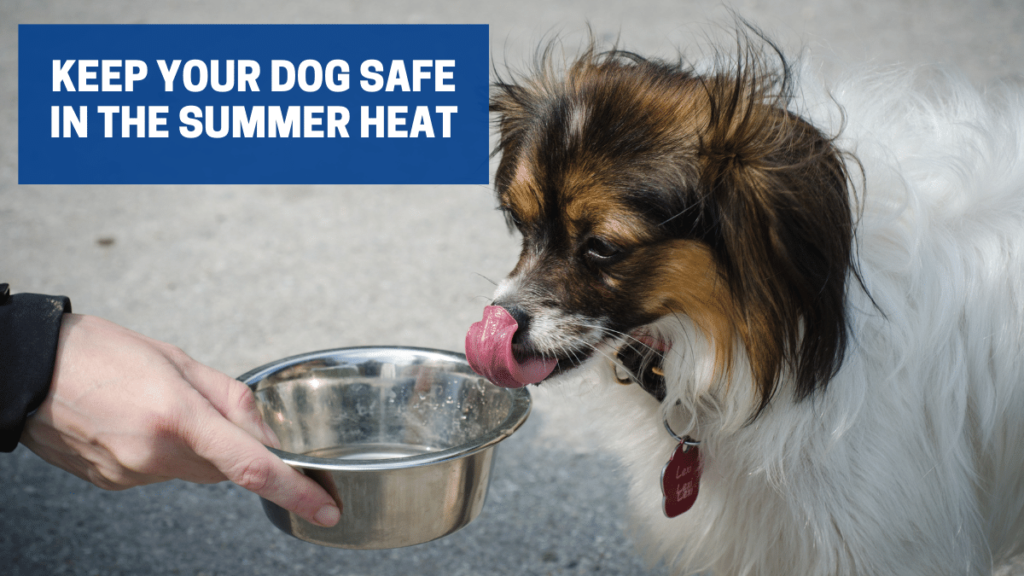As summer starts to heat up and with July as National Pet Hydration Awareness Month, we thought it would be the perfect time to talk about tips for dealing with the heat.
For our four-legged friends, heatstroke in extreme temperatures can be a real threat.
Dog Heatstroke Warning Signs to Watch Out For
If you deal with an unexpected heatwave, like what the Pacific Northwest recently experienced you should first look for any of the following signs as possible warning signs:
- Heavy panting
- Glazed over eyes
- Rapid heartbeat
- Wheezing during breathing
- Excessive/extreme thirst
- Fever
- Dizziness
- Lack of coordination
How to Protect Your Dog From the Summer Heat
Now that you know what to look out for, it is time to go over the best ways to ensure your dog is happy and healthy during the “dog days” of summer. Here we go:
1. Water is your dog’s best friend!
If you think you’re getting thirsty when it is 90+ degrees outside, imagine how it feels to be a Siberian Husky! You’ll need to keep your dogs drinking lots of water inside and outside so they’re never getting close to being overheated.
Do the following when it comes to hydration and the only issue you should experience is having a lot of pee breaks on walks:
- Water, water everywhere: There can never be enough water bowls when at home, try to add a few water bowls to key areas where your dogs spend a lot of time and if you’re using fans as a cooling source, keep the water close by to them so your dog gets a double dose of cool.
- Always have a spare water bottle or three: Depending on the size of your pack, keep water on you at all times when out and make sure that you’re giving your dog water in a shaded area where they can drink in peace.
- Wet food is the best food: Dry kibble may be what your dog loves but adding water to it will help them stay hydrated better.
- The new treats are ice cold: Yes, ice cubes should become a new playful treat that will help get your dogs extra water. If your pups don’t seem to be fans, frozen snacks like carrots or blueberries can be added as cool down fun food.
2. Prevention is the best plan.
Doing a vet visit in the spring or early summer lets your vet check in on your dog before the summer season and if they’re not on any heartworm medication, gives them the opportunity to check for pests before they do any damage.
3. Keep walking depending on the outside temperature but avoid the pavement!
We all love making sure our dogs get exercise and a walk around the neighborhood is part of our daily routine. That being said, asphalt becomes dangerous to dogs during the summer months.
As the chart below shows, concrete and paved surfaces can be incredibly harmful to dogs’ paws as the air temperature does not reflect the surface temperature, especially when exposed to direct sunlight. Asphalt temperature can be up to 60 degrees hotter than the air temperature.

And as noted with keeping your pup hydrated, exercise is fine if you have water with you so your dog won’t become dehydrated. Something to keep in mind when exercising your dog in heat is that you should be mindful of their age (very young and very old dogs are much more susceptible to heat exhaustion or heatstroke) as well as whether or not they’re a healthy weight and frequently exercise. Summer isn’t the time to push your dog with physical challenges
4. Parked cars are dangerous.
You may think you can keep your dog in a parked car with the windows slightly down as you run into Starbucks for a coffee. But please be aware that it is never okay to leave your dog in a parked car.
With a heatwave outside, temperatures inside parked cars can climb to 140℉ in less than one hour.
And studies from the American Veterinary Medical Association (AVMA), have shown that cracking a window changes these figures very little. Many states specifically have laws against leaving your dog in a parked car so please be mindful of your pet’s well-being first and foremost while out driving with them during the summer.
5. Air conditioning is not just for humans.
If you do have air conditioning, leaving it on for your pet while you’re out of the house during a summer day is not just a nice gesture but a necessity. Keeping your home at a baseline temperature of something no warmer than 78-80℉ is recommended by veterinarians as a dog’s body temperature is 3-4 degrees higher than yours. A dog’s body temperature should never reach above 104℉ which is why it is worth looking into purchasing a dog thermometer so you can monitor their body temperature.
Summer can be a magical time of year for you and your pack, filled with fun hikes, games of chase, and the occasional jump or two into the lake. But with fun in the sun comes the time to monitor your dog’s body temperature and how they respond to the heat.
Hopefully, the tips above will lead to your best summer ever!
Subscribe to our weekly newsletter! Every week, we’re sharing treats of the trade in our new weekly newsletter designed for dog parents and dog Instagram account managers. Sign up for secrets, insights, and tips to be the best dog parent and to grow your dog’s social presence.
Don’t miss out on the weekly scoop! Subscribe today!

